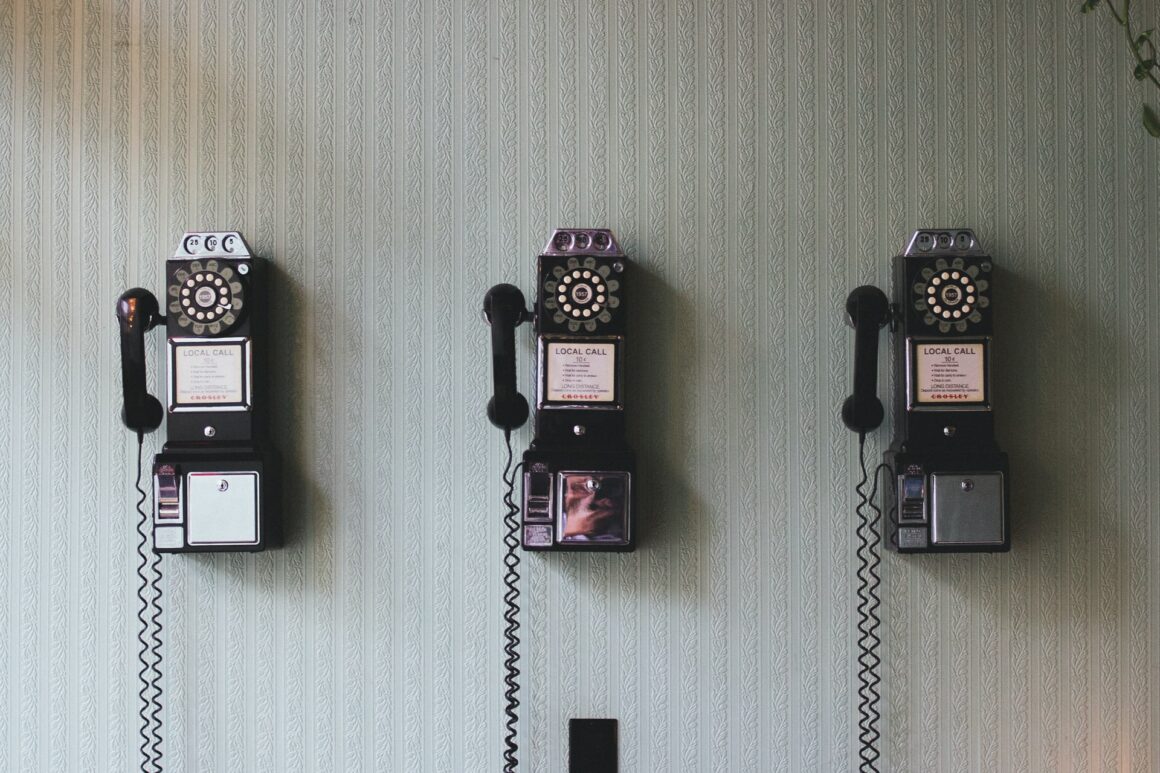With more companies going permanently remote, and fewer expos and conferences available for people to smooze, client communication has become the single most important tool in cementing these relationships. A study from Buffer found that 20% of remote workers view communication as an obstacle, so let’s take a look at 6 easy ways to make communication an asset and not an obstacle in these relationships.
1 – Set Expectations
When you first meet a new client at your company, it’s important to start off the relationship with clear expectations. Here are a few expectations you might want to cover with your new client.
Your Responsiveness: How quickly can they expect a response from you, within 24 hours? Within the hour? On the weekend? Will you collect the questions and address them at a weekly meeting?
Your Responsibilities: What matters fall under your umbrella and what matters do not?
For example: do clients file a ticket for technical problems, but reach out to you directly for new sales or refunds? Provide a list of any other contacts your client might need and what their role is within the company.
Explain your expectations of the client: Do they need to upload a specific file, set up preferences, complete a request form? Explain what you expect them to do, and provide them with the resources to walk them through these tasks. This can be in the form of:
- A user guide
- Any templates that they need to complete to submit requests
- A contact list of different contacts for different possible issues
- Any DIY tutorials or How-To docs
Meeting Frequency: Set up a standing meeting based on what the client wants to accomplish and within what time frame. As those milestones are hit, you can ask the client if they are comfortable reducing the meeting frequency to monthly or quarterly check-ins.
2 – Ask how they want to be contacted
If your client never checks their voicemail, then leaving them one is a waste of everyone’s time. Ask how they prefer to communicate – text, phone, video conference meetings, email, etc. Using their preferred communication channel makes sure that you can resolve issues or questions in a timely fashion.
3 – Take notes during meetings
Sending a copy of a meeting’s notes to the client creates a trackable record of what has been discussed. Notes can be divided into helpful categories that clearly break out the objects and goals determined in the meeting. Taking and sending notes keeps you and the client on the same page. Helpful categories to include in your notes are:
- Attendees
- Notes
- Decisions made
- Status updates on pending items
- Completed items
- New action items
4 – Admit mistakes
Take ownership when you miss milestones for a product launch, fail to meet a deliverable deadline, or simply forgot to do something you told your client you would. Client’s can often tell what is an excuse vs. the truth, and having the humility to acknowledge that something went wrong can go a long way towards building trust in a client relationship.
5 – Listen
Even if you think you know what the client is going to say, let them say it. Interrupting the client can be off-putting and leave them feeling unheard. As much as it kills you, just let them talk until they are all talked out and wait patiently for your turn to reply. Not only that, do your best to actively listen to what they are saying instead of just waiting for the right moment to fit in your prepared response.
6 – Ask for feedback
Send out Net Promoter Score (NPS) satisfaction surveys or shoot out surveys to test the water on new product releases or rebranding preferences. You can also send surveys at different stages of a customer’s lifecycle. This can shed light on customer experience during different processes from onboarding to training to project implementations and customer service experiences. Customer feedback is critical to understand your product’s ease of use. Plus, surveys demonstrate that the company cares about the customer’s opinion. Providing feedback allows the customer to feel more invested in the success of your product.
Conclusion
Follow these 6 tips and you’ll never be caught with a surprise cancelation in a contract again. When you are in step with your clients you can build a close working relationship that will reward you with brand loyalty for years to come.
Now, let’s take a look at two cute dogs (maybe) using these tips to communicate!
Keep reading the article at ManageWP. The article was originally written by Allison Bondi on 2021-12-09 11:00:50.
The article was hand-picked and curated for you by the Editorial Team of WP Archives.

